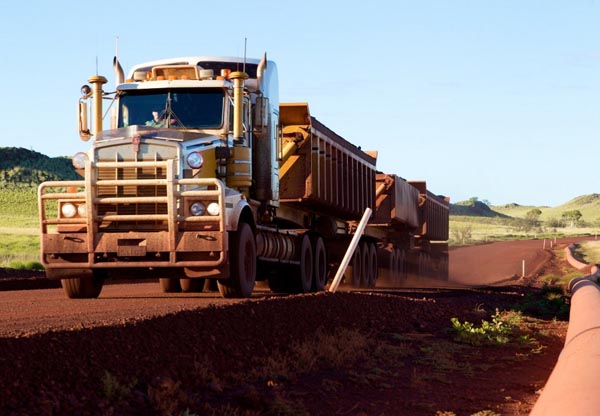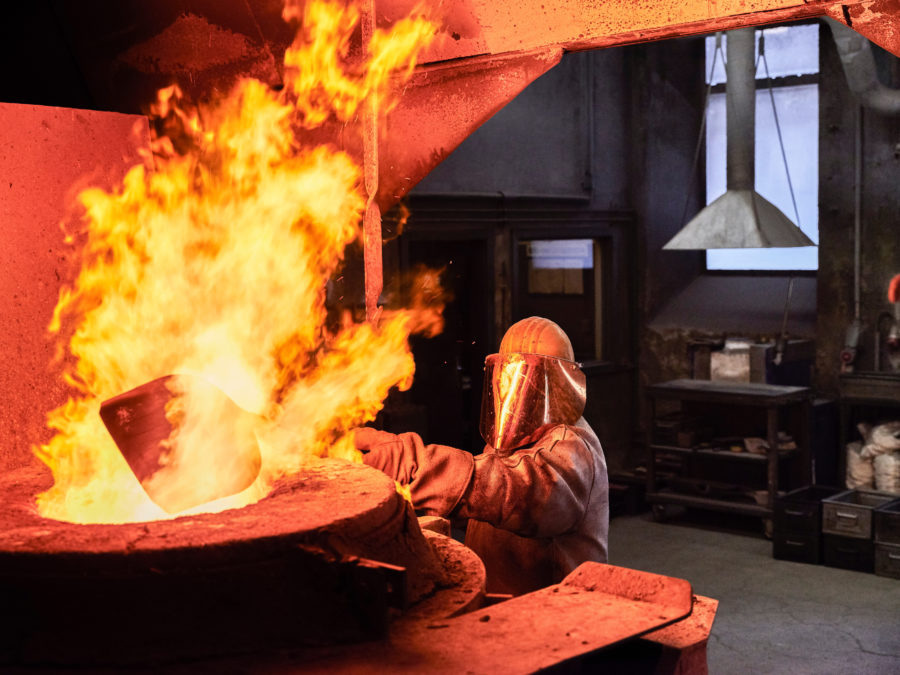Plenty of room for smaller iron ore players
 Benchmark Northern China 62% Fe imports has been trading below $100 a tonne since mid-May and is on course to suffer the first quarter of an average price in double digits since 2009.
Benchmark Northern China 62% Fe imports has been trading below $100 a tonne since mid-May and is on course to suffer the first quarter of an average price in double digits since 2009.
The slump in the price – the steelmaking raw material is down some 30% this year – has been blamed on a slowdown in top consumer China and a flood of new supply hitting the market this year and next – mostly from the largest players.
Output at BHP Billiton (LON:BHP), the world’s third largest producer, jumped 19% to 56.6 million tonnes in the three months to June. The company is on track to produce 245 million tonnes for the year, way ahead of expectations.
Rio Tinto (LON:RIO) boosted production 11% to 57.5 million during the quarter and is on course to up annual production to 290 million tonnes.
After a slow 2013, top producer Vale (NYSE:VALE) is also hitting a higher gear with output rising 13% to 79.4 million tonnes over the same period. Vale’s longer term target is 400 million tonnes a year as its giant S11 expansion comes on stream.
Australia’s government forecaster predicts that by 2015 top producers will account for 83% or 1.15 billion tonnes of the global seaborne trade, displacing smaller rivals.
Thanks to production costs in the $25 to $45 range and rocketing volumes, the large producers have been pushing smaller rivals and marginal producers out of the market.
A number of miners have already fallen by the wayside including Sweden’s Northland Resources, Australia’s Cairn Hill and Canada’s Labrador Iron Mines. Analysts are predicting that iron ore is becoming “a big boys game“.
Not so fast says MD Ken Brinsden of Atlas Iron, a Pilbara miner with current production of some 10 million tonnes per year and five mines but with ambitions to increase that to above 40 million tonnes.
Brinsden on Monday told Mining Weekly the ASX-listed company could maintain its position despite a high cost structure and that there’s room for smaller miners:
“The entire pool of tonnes servicing the Asian markets is currently at 1.6-billion tonnes, and the big four only supply around 800-million tonnes of that. The other 800-million tonnes is structurally disconnected in its cost base,” Brinsden said on the sidelines of the Diggers & Dealers conference, in Kalgoorlie.
“You would have to see the big four expand their production phenomenally to materially displace this 800-million tonnes.”
Despite its reliance on truck-haulage of ore, the company is on track to bring costs down to below $50 a tonne, ahead of longer term plans to build its own railway transport system.
Image courtesy of Atlas
{{ commodity.name }}
{{ post.title }}
{{ post.date }}



Comments
Nahmate
800 million, I think he is being deceptive there – by next year’s end the figure will be about 1bn from Vale, Rio and BHP alone. Throw in Fortescue, Roy Hill and Chinese domestic supply and the little guys are in trouble unless China decides to make a lot more steel than planned.